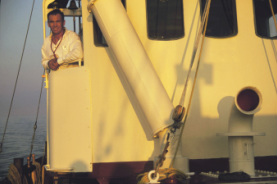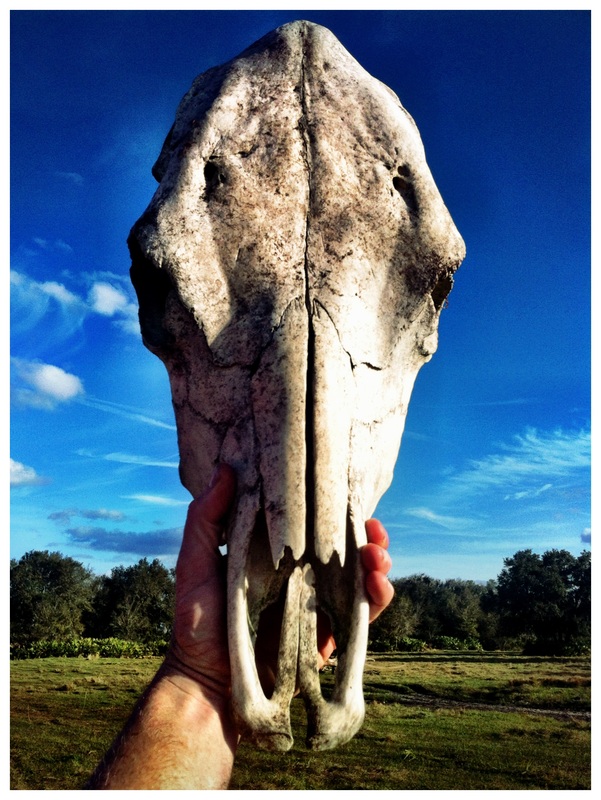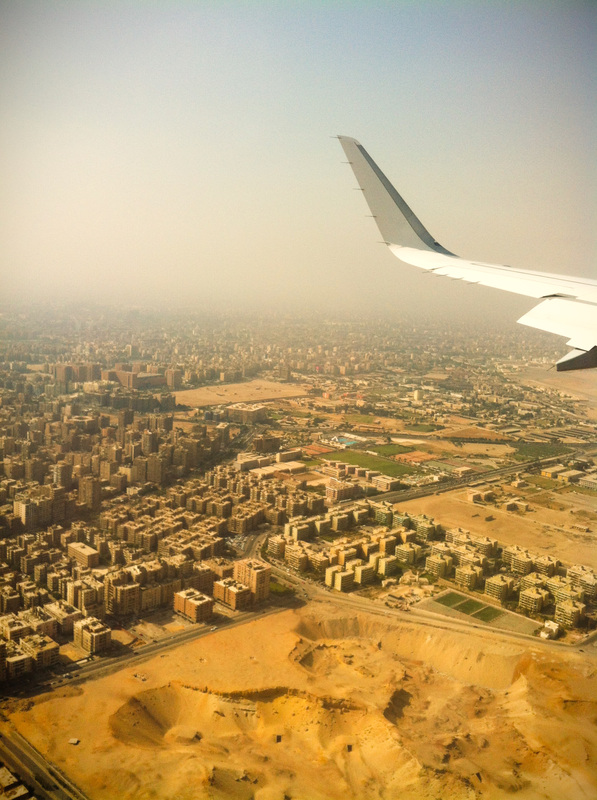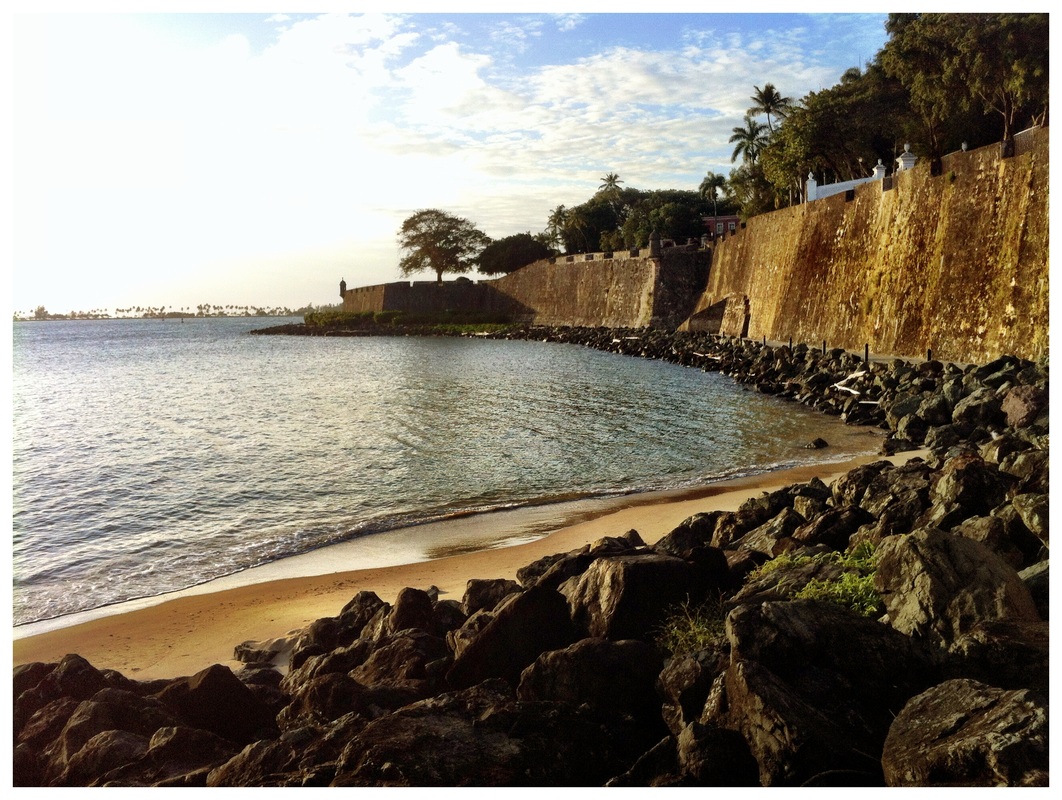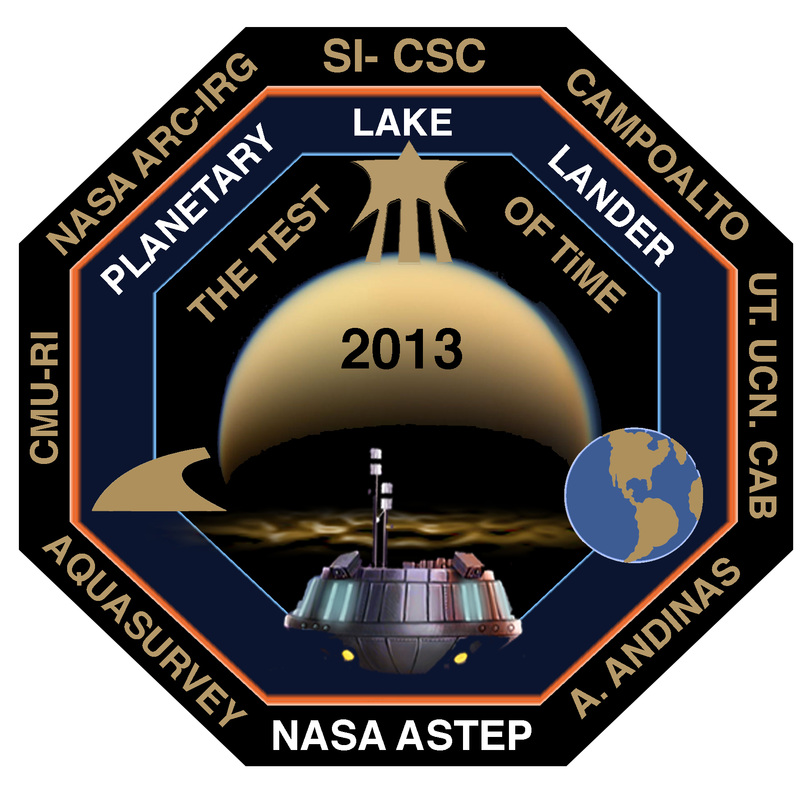It is a great pleasure for those of us on Franck Goddios team to perform Underwater Archaeological Surveys and Excavations in a beautiful and life-filled ocean environment, and we work hard to keep it that way.
I appreciate your concern for the denizens of the briny deep, and your worry that our work might cause them harm. Here are a few details that might put you more at ease...
Our excavations in Egypt go on in modern, working harbors, As I write this, there are war game exercises going on between the Egyptian and Turkish Navy. A single instance of dropping, setting and weighing of an anchor of any one of these ships impacts the harbor bottom more so than any one of our excavations, and happens all the time.
By its nature, underwater archaeological excavations cannot be done on an industrial scale. We are looking for small, delicate things in a context that will teach us about the past. You cant do that on an industrial scale. It involves careful, trained professionals working patiently, and takes a long time to yield results. The upheaval of the bottom caused by one ships anchor dragging could in a few minutes be equal to years and years of our slow, careful excavation.
These are also active fishing harbors, with both gull netting and bottom trawling going on. Both of these activities disrupt the bottom much more than our activity.
The hand held water dredge hoses that we use are designed to vacuum up silt and sand in a controlled manor so that when we see an important archaeological clue, we can stop and identify it. In the process, a lot of little worms and other creatures are exposed, and often the fish surrounding us dive in and pick them off right in front of us. There are crabs that scurry around, sand eels, octopus and squid, as well as sea turtles, rays and larger fish, as well as dolphin, that might pass thru the sight on any given dive. Of all the threats they face as part of the ecosystem, the water dredge itself is not the thing to worry about. Even us divers have to pay attention to not getting tangled up in a fisherman’s nets. It has happened to me!
The exhaust from the dredge, which goes out a tube about 10 m long, is directed towards an area down current from where we are working, and has a screen that has to be checked regularly to see if any very small items were in the sand. Again, there are typically schools of fish swarming in this area, looking for goodies to eat.
I love to answer thoughtful questions like this one, especially if they have to do with my enthusiasm for exciting scientific explorations. Thanks
All the best,
Eric
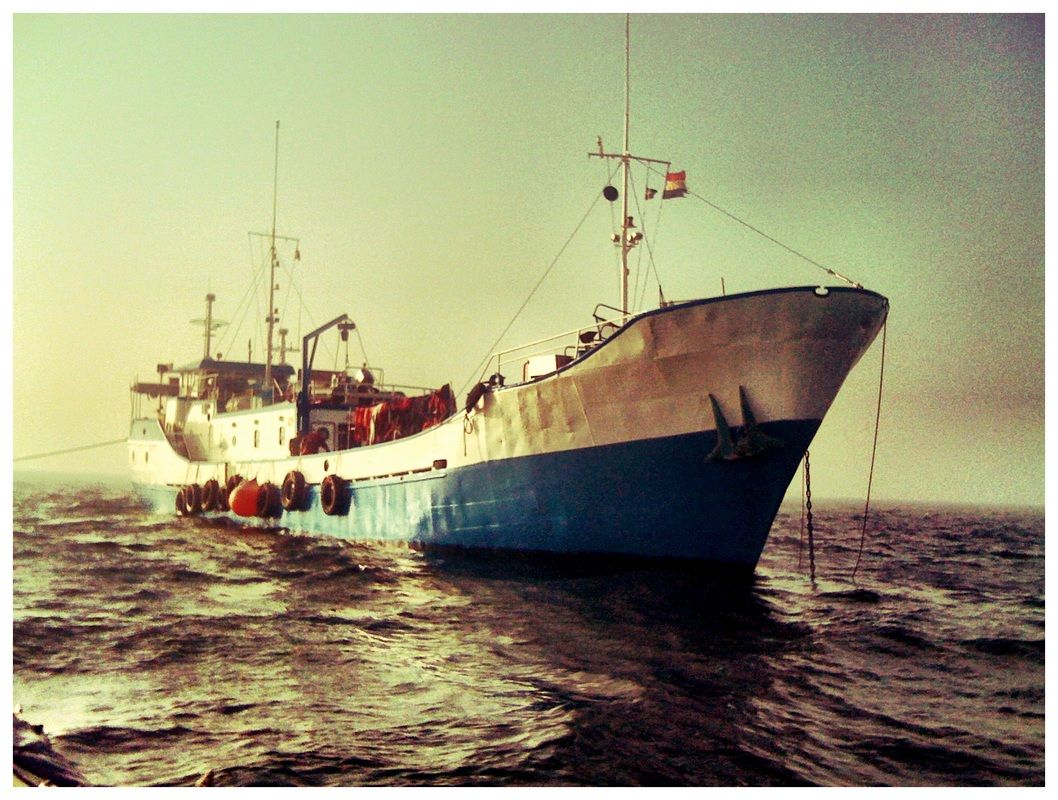
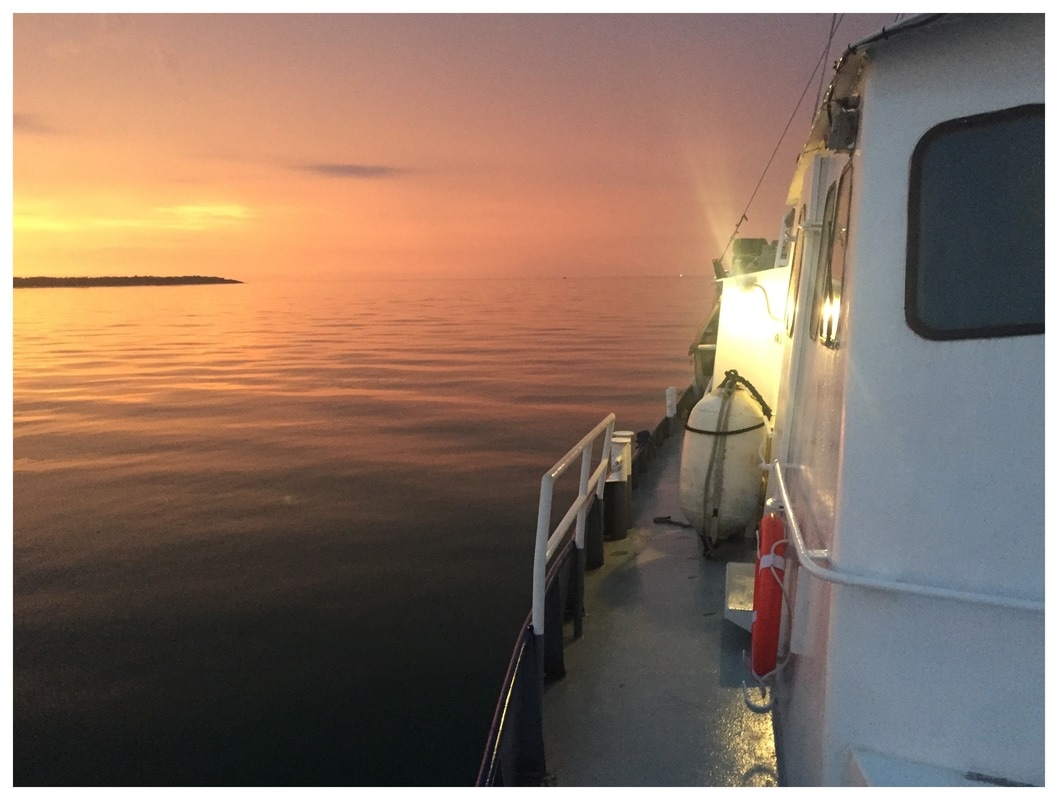
 RSS Feed
RSS Feed
